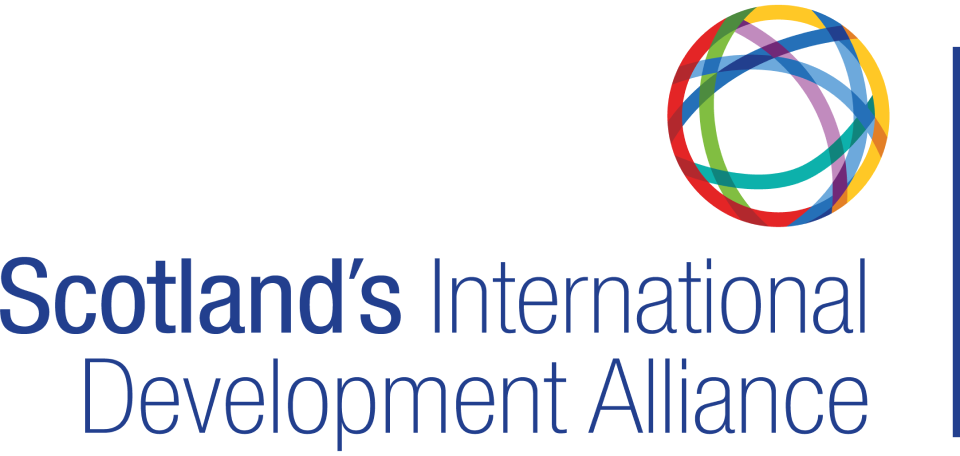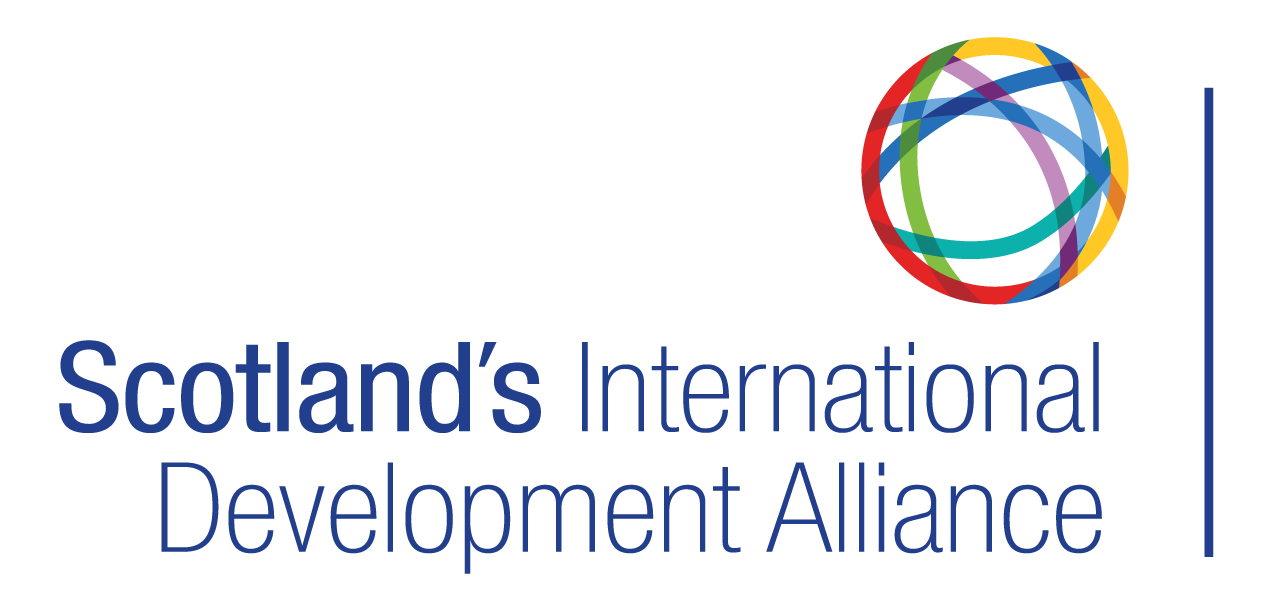On June 16, Climate Home News published an article entitled ‘UK aid foreign ministry merger raises fears for politicisation of climate finance’. Ten days later, the same site published another article in which the UK government promised the sector to uphold its commitment to climate finance.
Can this type of merger have an impact on climate financing and will it work out in favour of the world’s poorest? We travelled back in time and had a look at a country that went through a similar merger in 2013: Canada.
2009. Parties at the Copenhagen climate summit decide to set more concrete goals on the ‘scaled up, new and additional, predictable and adequate’ funding that ‘developed’ countries were going to provide to more vulnerable nations: US $ 30 billion for the 2010 – 2012 period (‘fast-start’), upscaling to US $ 100 billion per year by 2020. Under the 2015 Paris Agreement, parties reconfirmed that ‘developed’ countries would take the lead on the mobilisation of climate finance in which they focus on the needs and priorities of the more vulnerable country parties.
Canadian climate financing
Following the 2009 Copenhagen climate summit, the then Canadian government pledged Can$1.2 billion over three years in a ‘fast-start’ initiative. It had also committed to Can$2.65 billion in 2015 prior to the Paris summit. The responsibility for the government’s climate financing administration was mainly with a small group of people within the then Canadian International Development Agency (CIDA) in collaboration with the governmental department Environment Canada.
Four years after the Copenhagen Accord, in 2013, Canada’s government decided to merge CIDA and the Department of Foreign Affairs and International Trade (DFAIT) into what would become the Department of Foreign Affairs, Trade, and Development (DFATD). Currently, the department is called Global Affairs Canada (GAC).
A 2017 AidWatch Canada report had a look at how Canada’s climate financing evolved from 2010 to 2015. The country’s commitment reported to the United Nations Framework Convention on Climate Change (UNFCCC) as well as the total adjusted climate finance had dropped significantly in the 2013 – 2015 period compared to 2010 – 2012 (from Can$ 1.6 to 0.8 billion and from Can$ 1.4 to 0.4 billion respectively). Did the merger play a role in this?
It didn’t, according to Brian Tomlinson, Executive Director of AidWatch Canada and author of the report. “The period 2013-2014 in between was weak, but mainly because there were no outstanding international commitments, not because of the merger.”
GAC confirms that this drop in financing had nothing to do with the merger. “The reason for the decline in finance was twofold. As this was the first commitment of its kind, before making another commitment, Canada took the time to review its funding, take stock of lessons learned, and develop its long-term climate finance approach towards the broader collective US$ 100 billion goal by 2020.”
“The second reason is linked to the international context,” according to GAC. “The UNFCCC had agreed to a concrete goal in 2009, fast-start, that developed countries delivered on over 2010-2012. Then the climate finance architecture within the UNFCCC was being set up to help facilitate the long term US$ 100 billion goal. Finally, in late 2015, the adoption of the Paris Agreement increased the need to provide more clarity on how donors were going to reach the US$100 billion goal. This drove the collective response by developed countries to make new climate finance commitments on the margins of COP21.”
Continuity despite merging
Tomlinson and GAC agree that there was no impact of the two departments’ merger on climate financing. “In both periods, the governments have relied mainly on special funds at multilateral organisations and the Multilateral Development Banks (MDBs) to deliver this climate finance,” says Tomlinson. “Here also there is continuity in part because of commitment to blended finance with the private sector (through large special funds at the MDBs) and the ease/need to hand off the administration of our climate aid funds to multilateral organisations due to human resource constraints in CIDA and GAC.”
For the period 2010 to 2015, the 2017 AidWatch report assessed Canada’s focus on the poorest and most vulnerable populations in its climate adaptation finance as ‘moderately good’. For example, it did increase its support for Sub-Saharan Africa as part of its adaptation finance in the 2013-2015 period and focused its adaptation projects on sectors of agriculture and water. At the same time, the report uncovers that several indicators showed mixed results on this focus on the poorest and vulnerable populations, such as low engagement of civil society organisations in delivering climate adaptation finance. However, according to Tomlinson, there has been a slight improvement in Canadian climate finance for adaptation and Least Developed Countries in Canada’s Paris commitment.
GCA says that it has upheld its commitment to the country’s 2008 Official Development Assistance Accountability Act. “Both before and after the merger, Canada’s Official Development Assistance has used the same processes and due diligence to make sure aid was as impactful as possible for the poorest and most vulnerable.”
Climate finance after merging DFID and FCO
Only last year, the UK government pledged to double its investment in climate financing to £11.6 billion between 2021 and 2026. The UK merger has raised fears that the aid budget, along with climate finance, will shrink or not be spent in the most vulnerable countries. However, the new Secretary of State for the merged department, Dominic Raab, assured Devex that “the proportion of the U.K.’s aid spending on the poorest and most conflict-affected countries will not be reduced, despite the closure of the Department for International Development”. Nonetheless, there is still a great deal of scepticism about the merits of this merger for the world’s most vulnerable, and it remains to be seen what the medium term impact could be.
Further to this, it is important to remember that government structures are not the only factors playing a role in whether climate finance reaches the world’s poorest, as this Conversation article highlighted last year. A 2019 blog post by Neil Bird, a senior researcher at the Overseas Development Institute, also proposed that the relationship between UK climate finance and poverty reduction was already in doubt well before the merger.
According to the Canadian experience, climate financing can remain relatively stable after this type of merger when certain factors are in place. The bigger question seems to be whether the UK will refocus its efforts on helping the world’s poorest or put its domestic interests ahead instead.
- Check out the four commitments that we ask of the merged DFID and the Foreign Office


